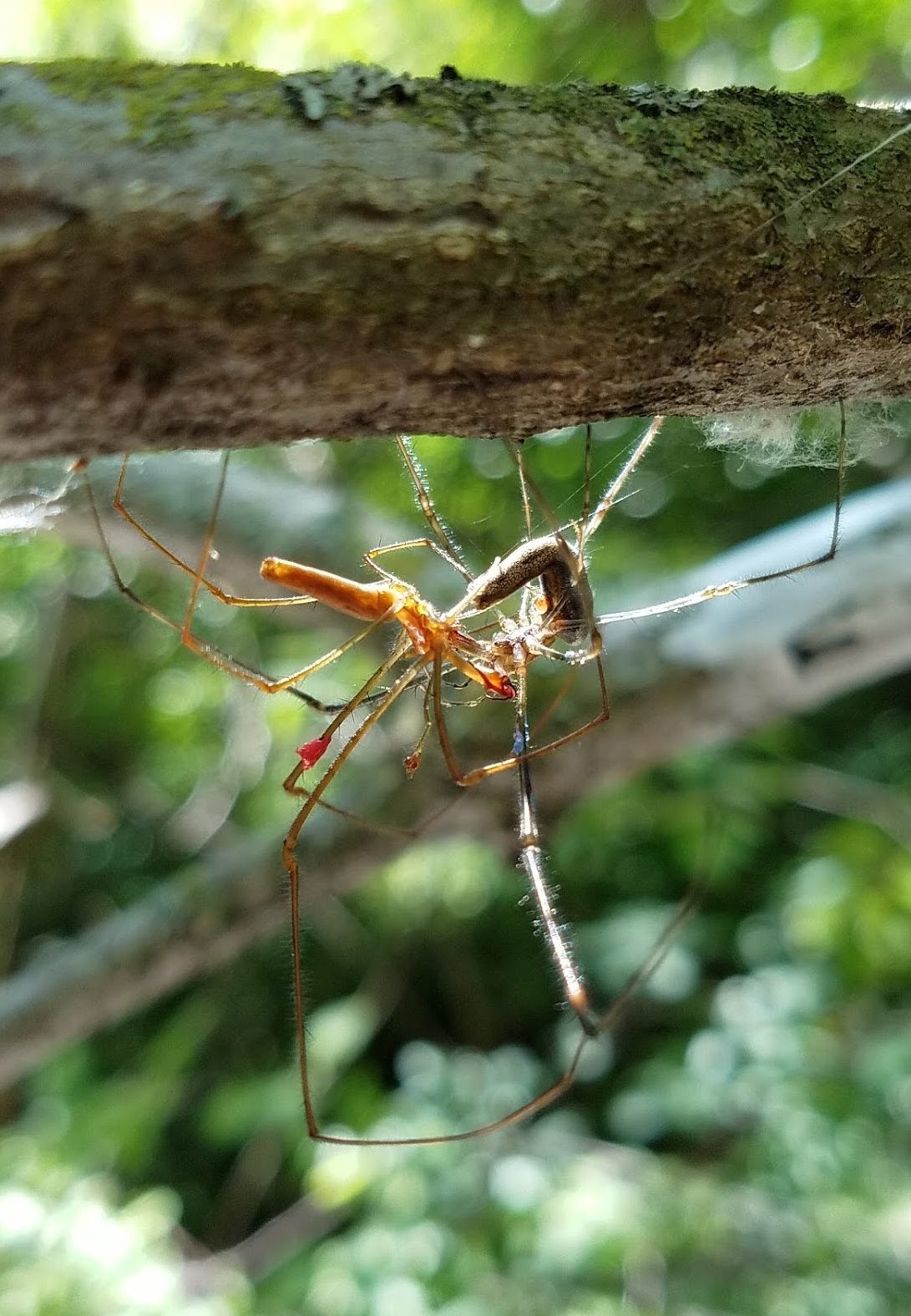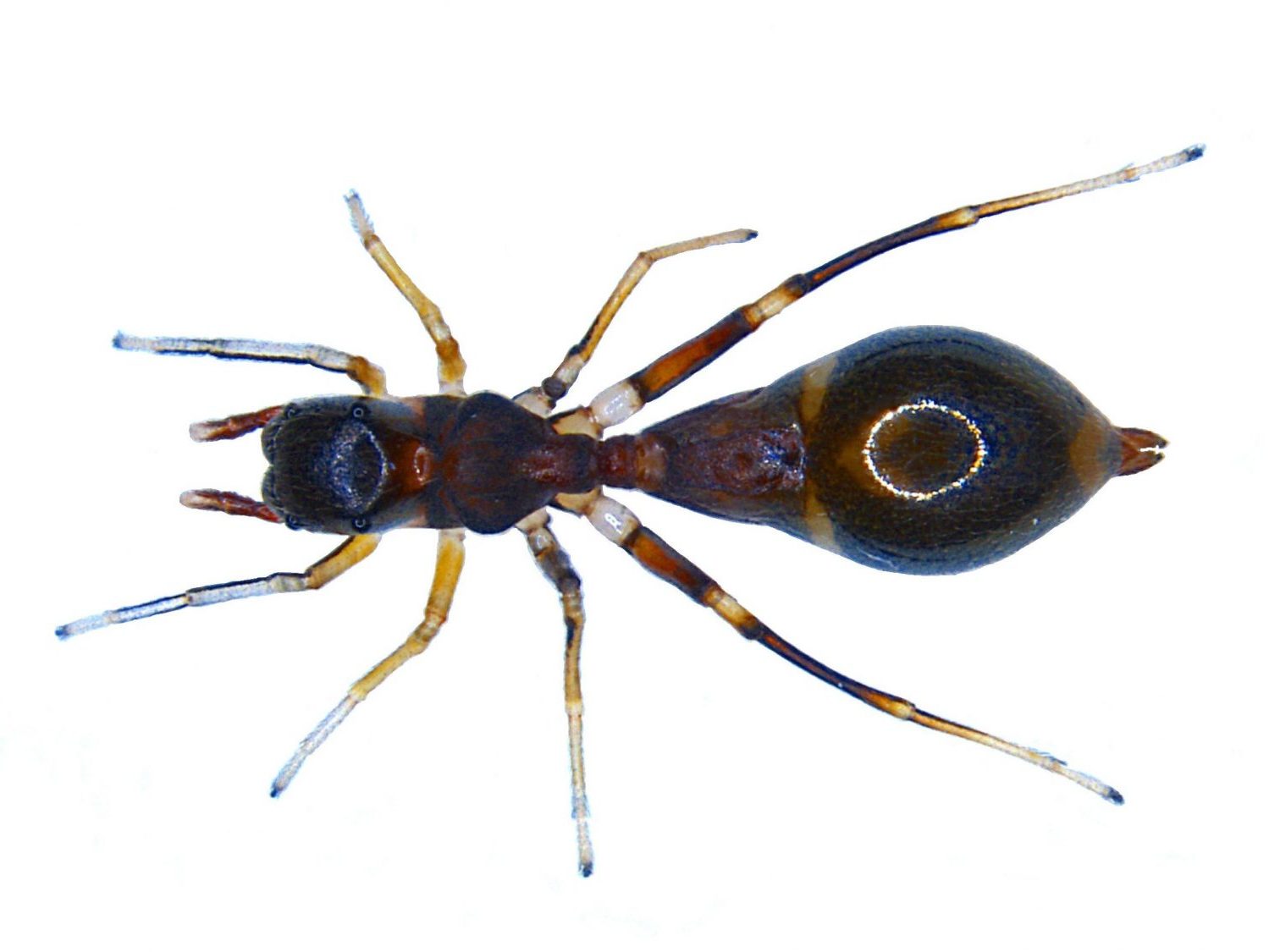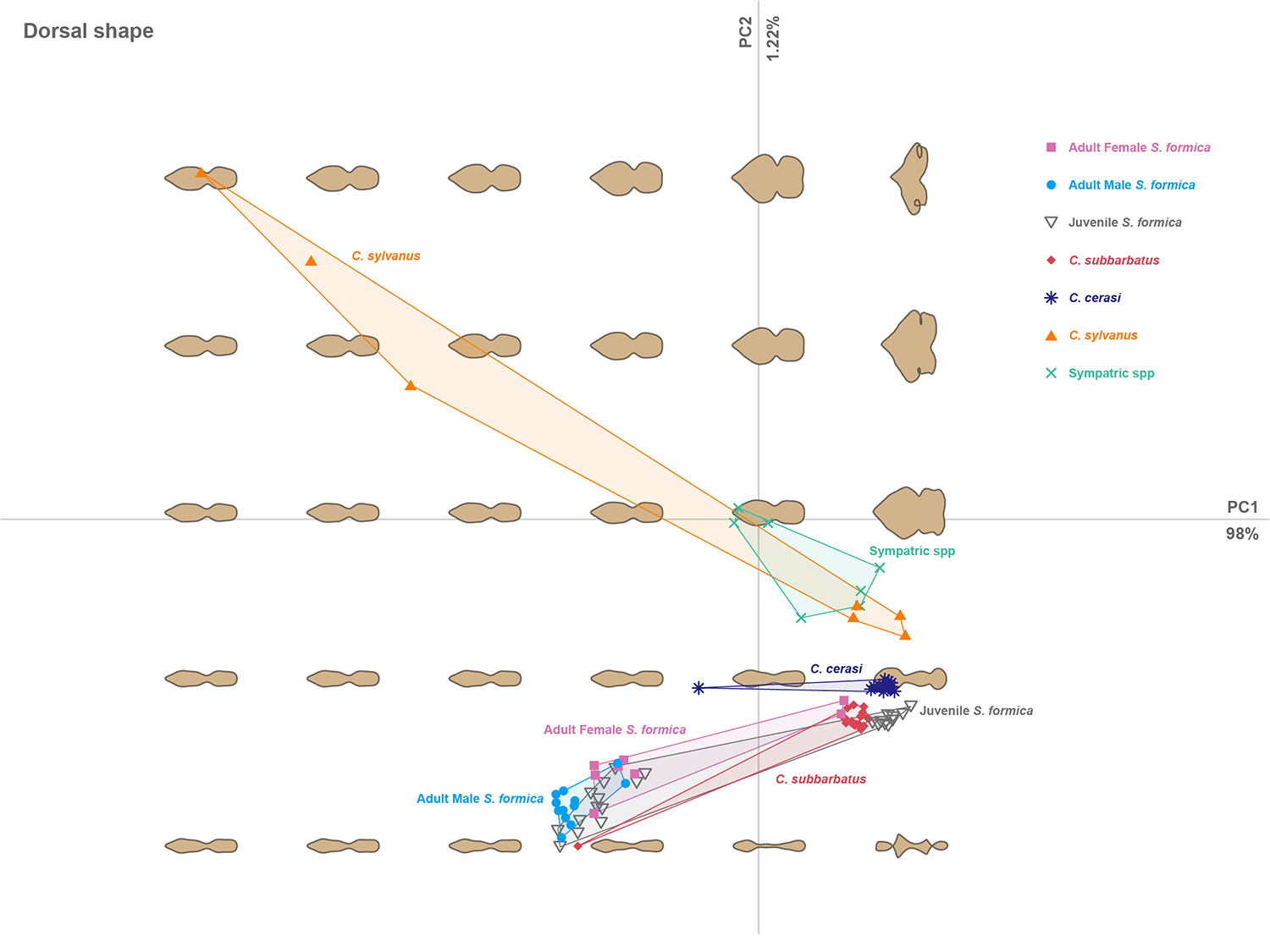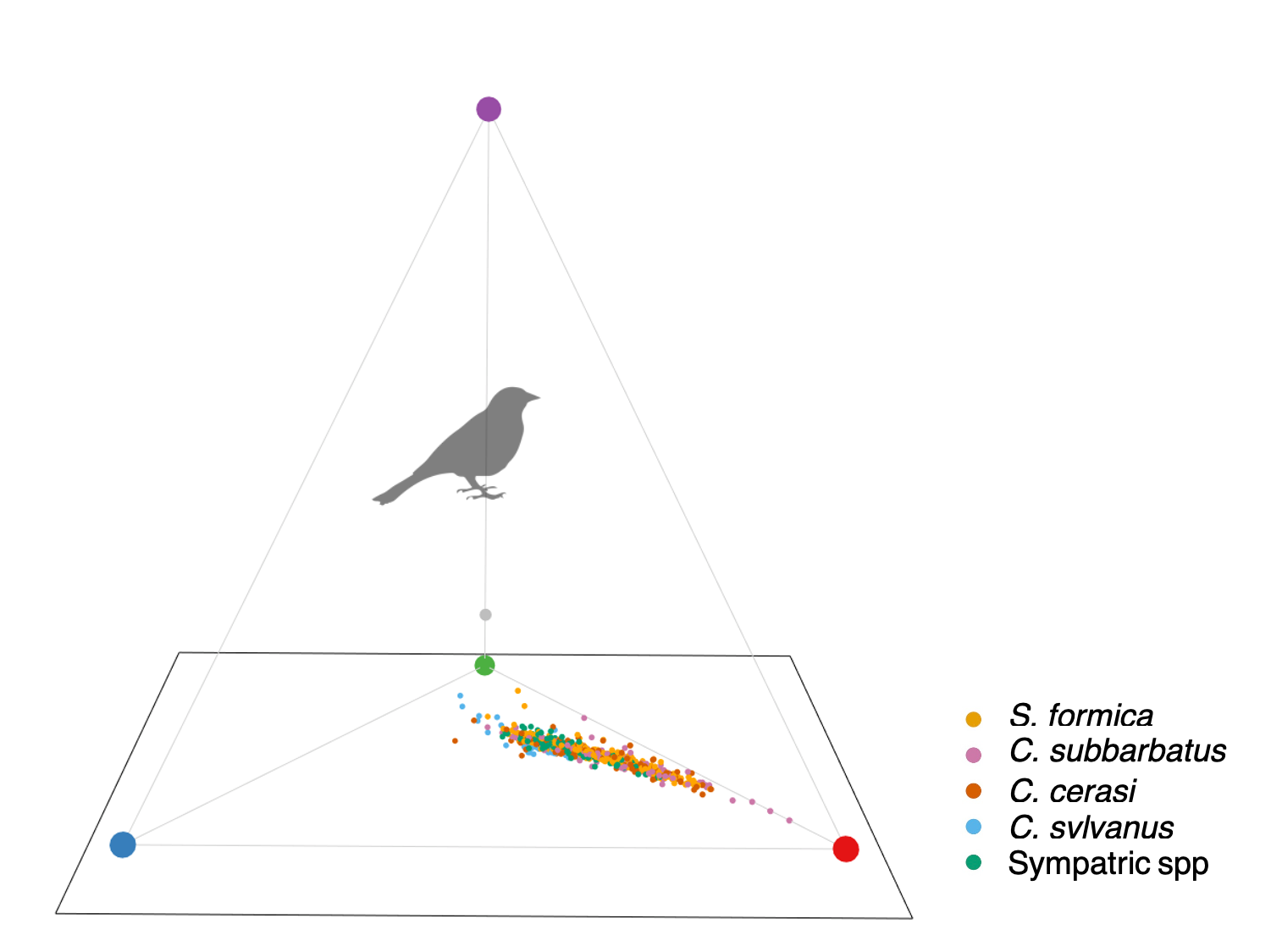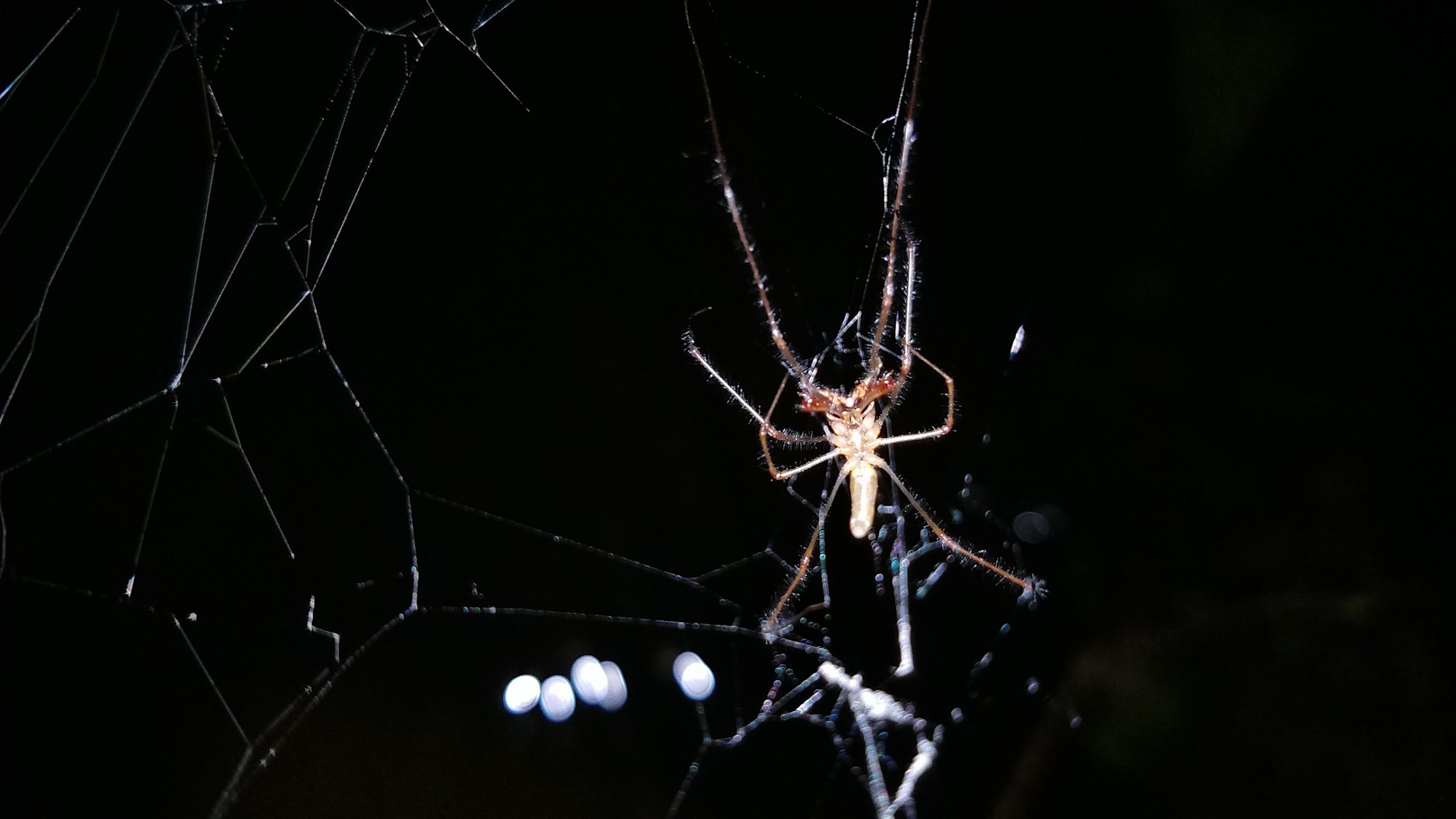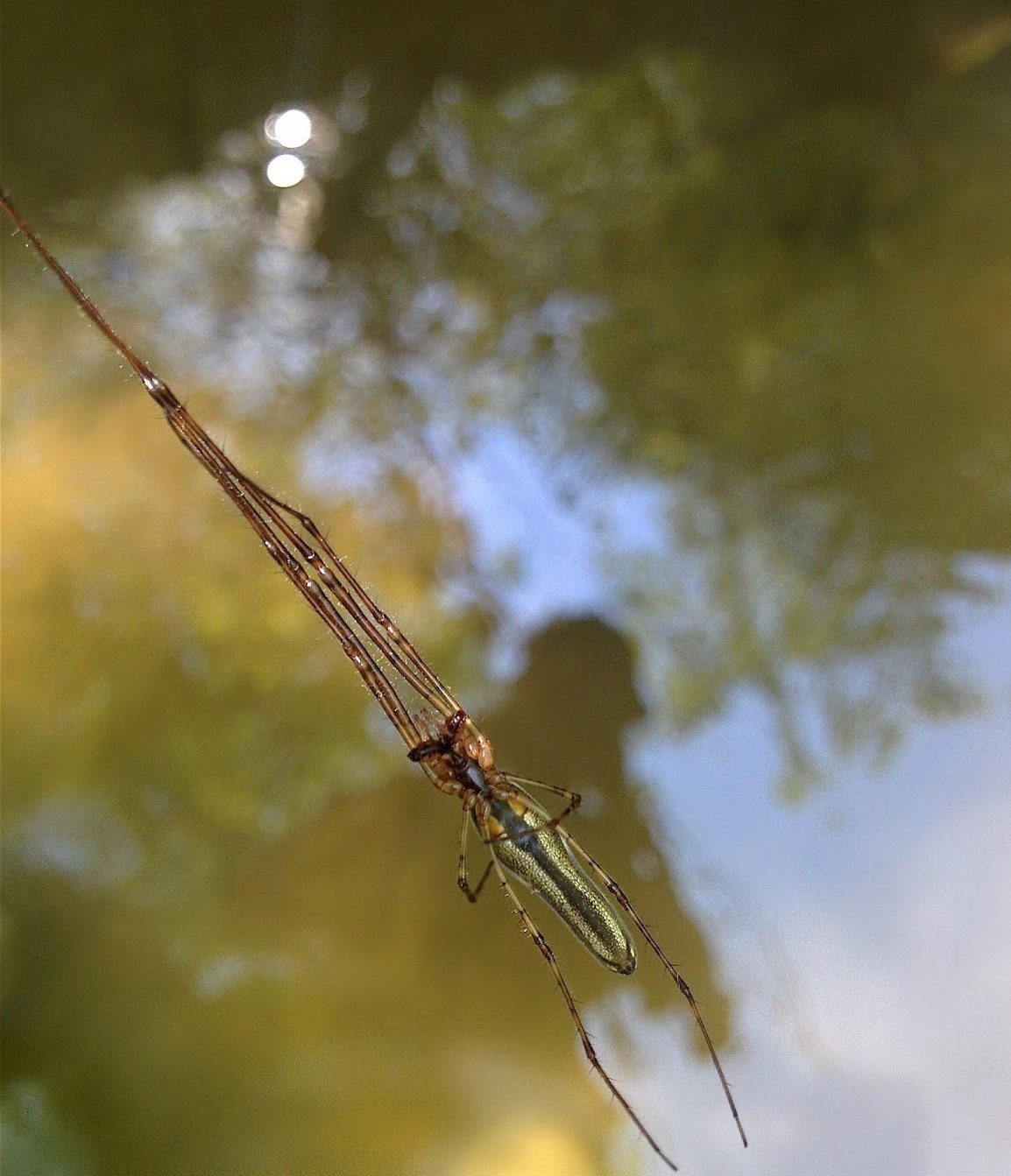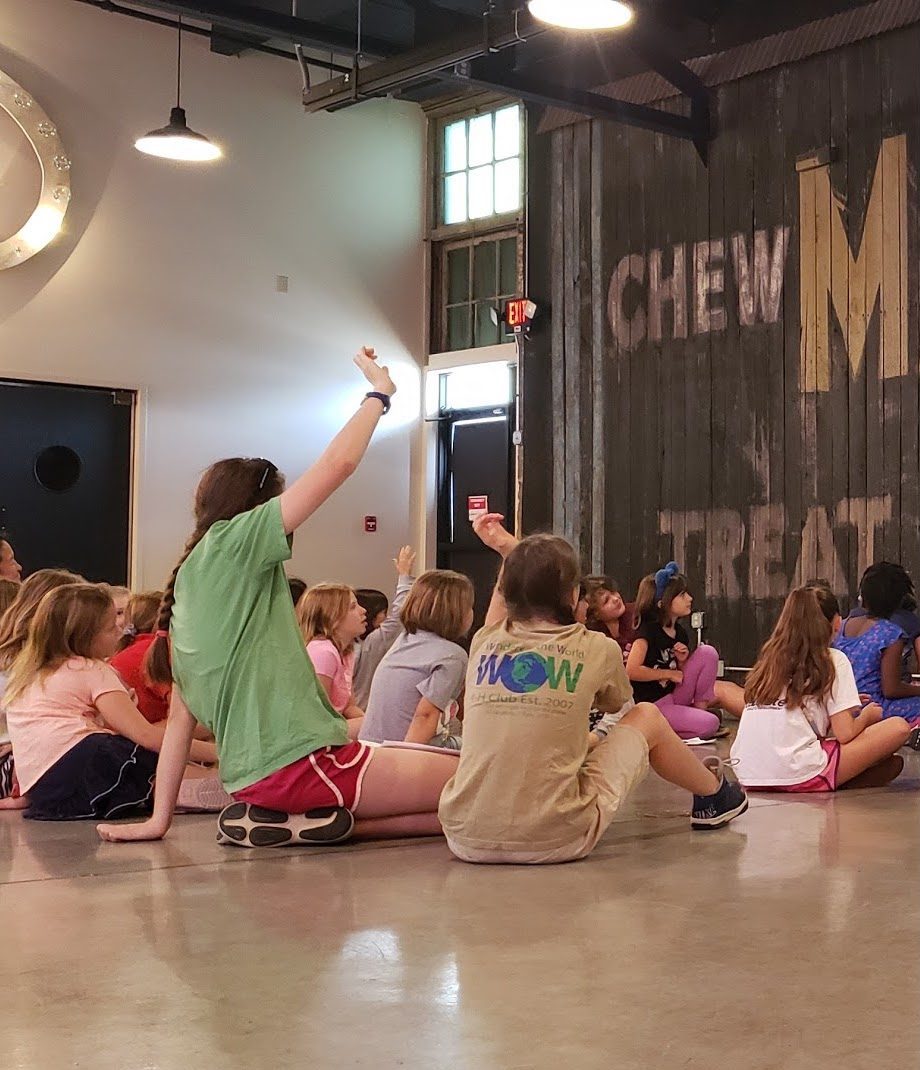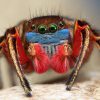I am a Master’s student in the Morehouse Lab where I study evolutionary mechanisms of imperfect mimicry. A lifelong fascination with animals typically considered “icky” led to undergraduate research on arachnid mating at the University of Michigan-Dearborn, where I also obtained a B.S. in Biology with Minors in Applied Statistics and Psychology. I joined the Morehouse team in 2017 where I have become fascinated by questions about how animals manage conflicts between natural and sexual selection. During my tenure at the Morehouse Lab, I have also developed a passion for education and outreach. When I’m not chasing spiders around the lab, I enjoy helping cats through a local Trap Neuter Return program, karaoke, and roller skating.
2017-present Masters Biological Sciences, University of Cincinnati, Cincinnati, OH
2014-2017 B.S. Biology, Minors Applied Statistics and Psychology, University of Michigan – Dearborn, Dearborn, MI


